The Eiffel Tower Gets a Green Upgrade
The landmark now has two wind turbines above its second level
Since it first opened in March 1889, the Eiffel Tower has been an icon of innovation, from its creation as part of the Universal Exposition to its broadcast of the first European public radio signal in 1921. Now, as part of its first major renovation in 30 years, the tower can boast another technological advance: wind turbines above its second level that supply 10,000 kilowatt-hours of electricity a year, or enough to offset all the commercial activities on the building's first level, where a restaurant and gift shop are located.
"The Eiffel Tower is arguably the most renowned architectural icon in the world, and we are proud that our advanced technology was chosen as the Tower commits to a more sustainable future," said Nick Blitterswyk, CEO of Urban Green Energy, the company behind the project.
For nearly two years, UGE, a New York-based renewable energy distributor, worked alongside the tower's operating company, Société d’Exploitation de la Tour Eiffel, to realize the dream of outfitting the Eiffel Tower with vertical axis wind turbines. Since these turbines are smaller than utility-sized turbines (such as the ones seen on wind farms), they are meant to supply buildings with energy created onsite, and can be installed on the roof of a building, on a piece of land next to a building or, in this case, on the second story of a global landmark. The turbines even received a special paint job to match the worn bronze color of the tower itself.
Eiffel Tower officials prohibit the use of cranes or other lifting equipment near the landmark, so the turbines had to be hoisted onto the second story using ropes, and installed by workers hanging precariously from harnesses. All told, the installation took ten days, with most of the work done at night.
In addition to the two wind turbines, a slew of other new features are debuting at the Eiffel Tower this year, from a transparent walkway on the tower's first level to energy-efficient LED lighting. The tower is also installing a system to capture rain water, which will be used in the building’s toilets. An array of solar panels, which will cover two renovated visitor centers, will also supply the tower with half the power it needs to heat the water in those rooms.
The greening of the iconic landmark comes at a crucial time for the city, which will be at the center of international discussions about energy and climate when Paris hosts the 2015 United Nations Climate Change Conference in December. During the conference, the tower’s new features—from wind turbines to solar panels—will serve as a local example of innovation in energy efficiency. "They [those at the tower's operating company] were interested in reaching new energy goals and reducing their carbon footprint," says Robin Carol, UGE's communications and culture manager.
But the turbines will do more than reduce the Eiffel Tower's carbon footprint—they also help increase the visibility of renewable energy. Some seven million tourists visit the Eiffel Tower each year, and Carol hopes that seeing the turbines will inspire them to think more deeply about renewable energy.
"A lot of the upgrades [that the tower has installed] are doing so much to improve the efficiency, but so much of that takes place behind the scenes where people might not know about it. In addition to offsetting the electricity, the wind turbines are a conversation starter, and they get people thinking," she says. "It can be a great educational tool in that way."
Planning Your Next Trip?
Explore great travel deals
Smithsonian magazine participates in affiliate link advertising programs. If you purchase an item through these links, we receive a commission.
/https://tf-cmsv2-smithsonianmag-media.s3.amazonaws.com/accounts/headshot/natasha-geiling-240.jpg)
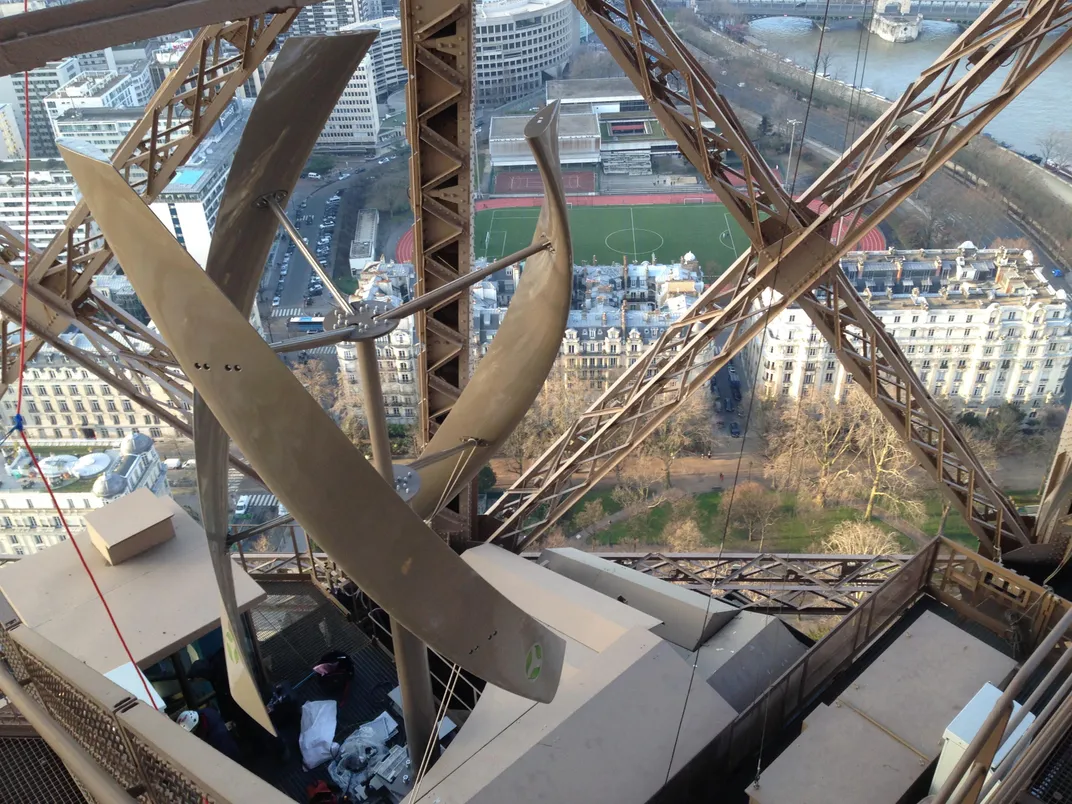
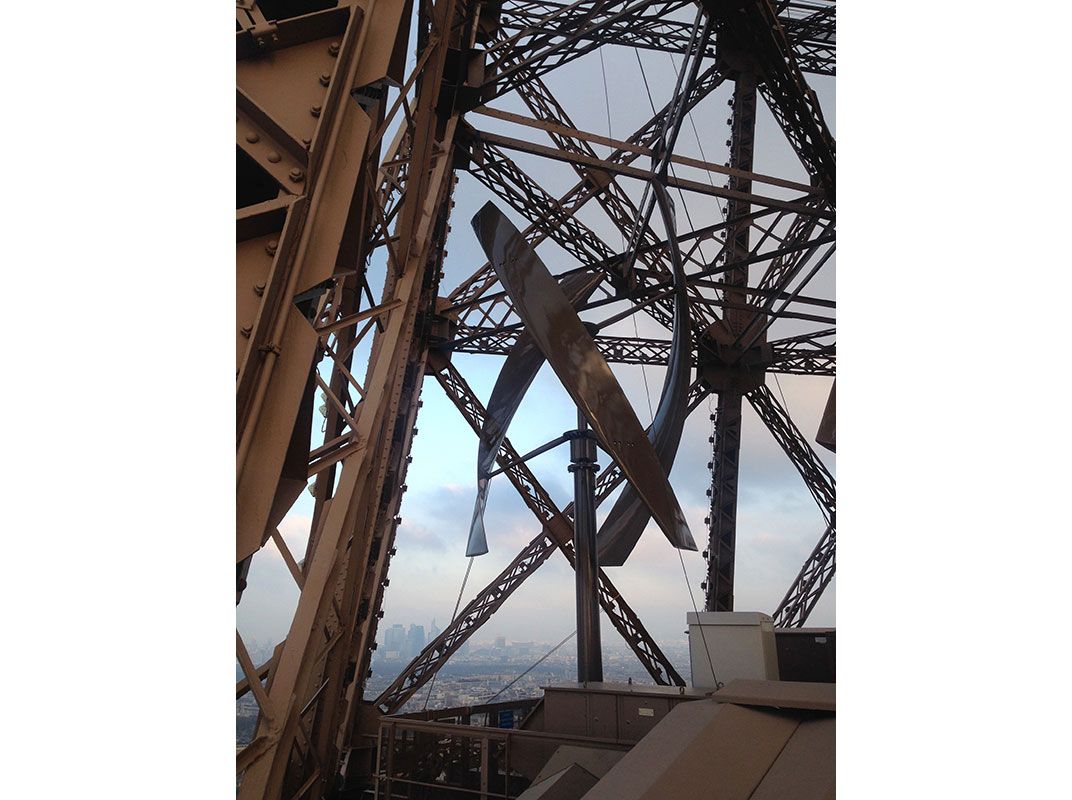
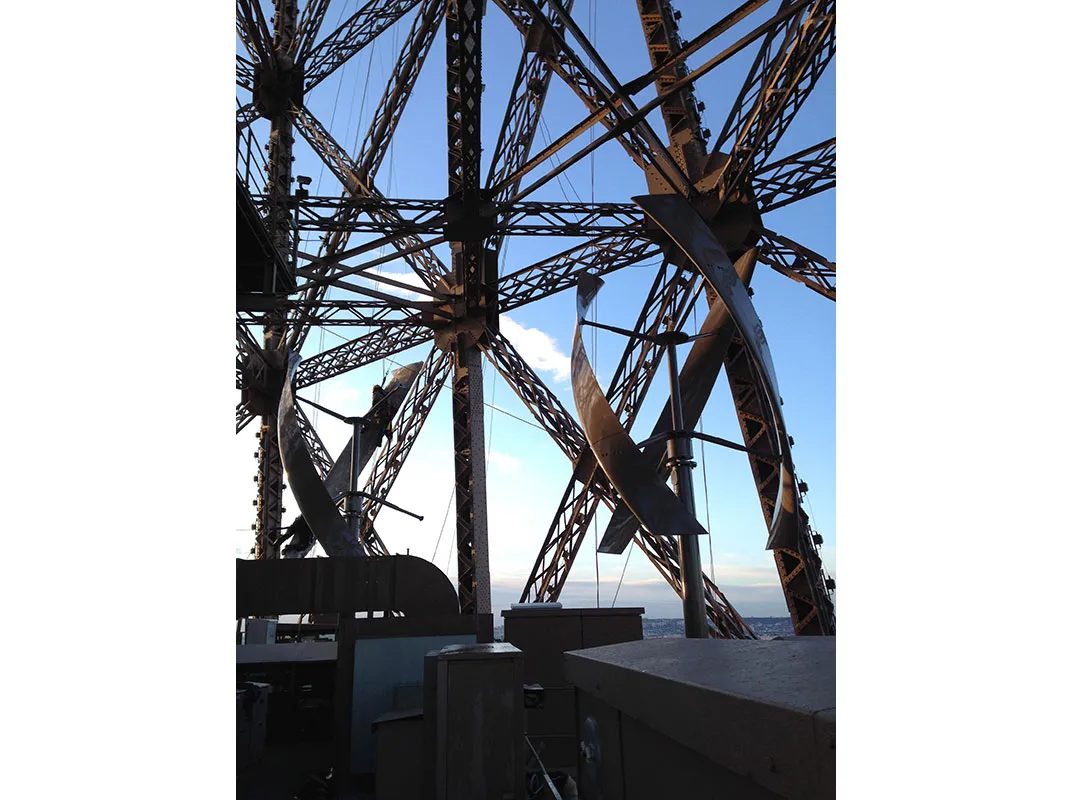
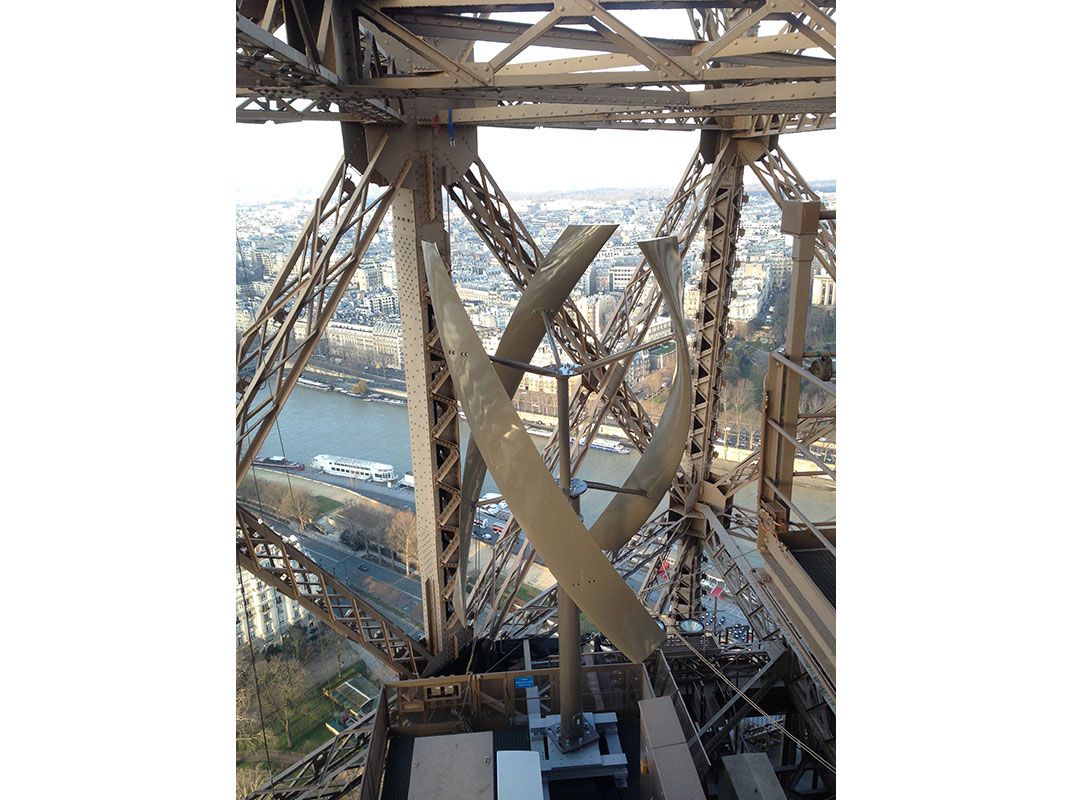
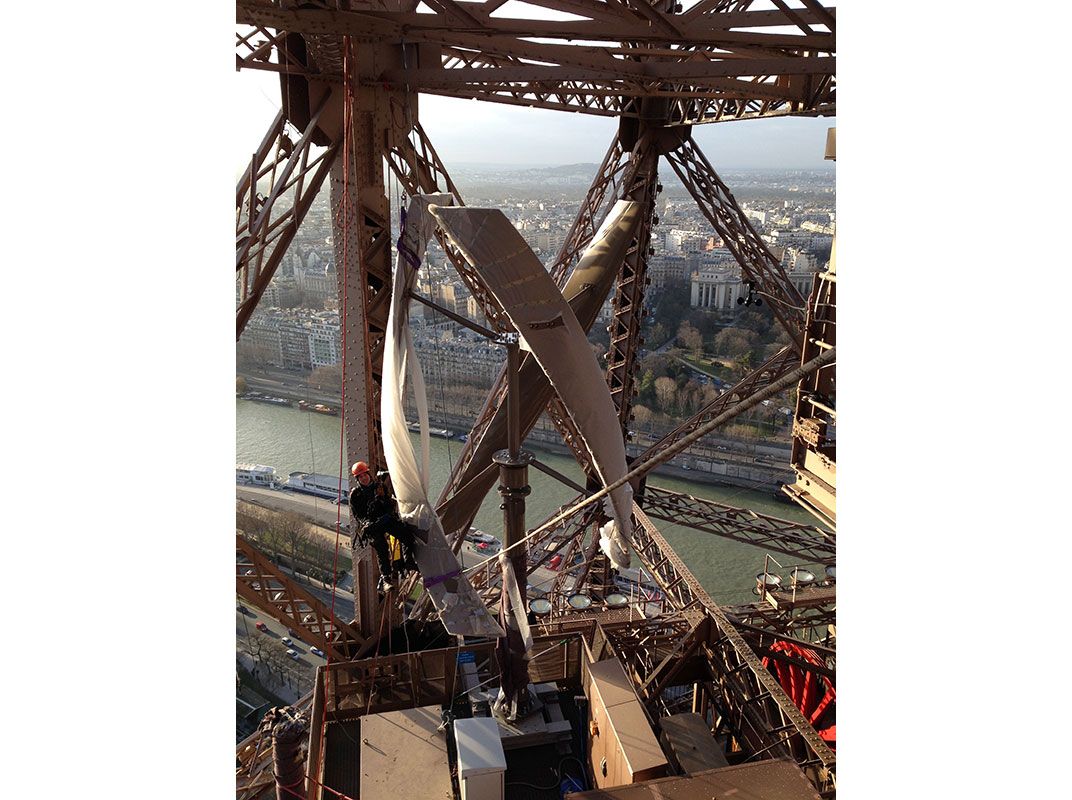


/https://tf-cmsv2-smithsonianmag-media.s3.amazonaws.com/accounts/headshot/natasha-geiling-240.jpg)